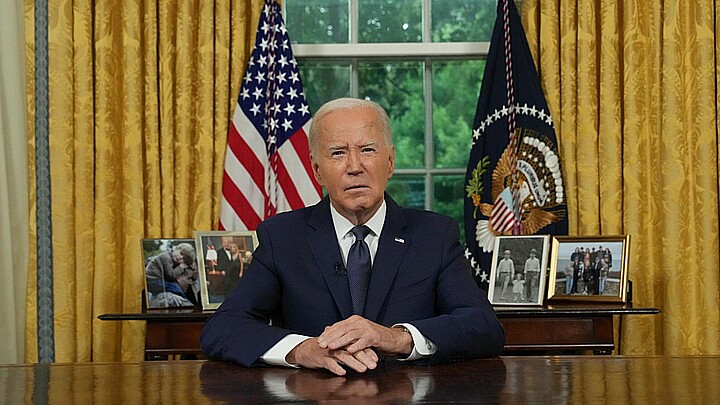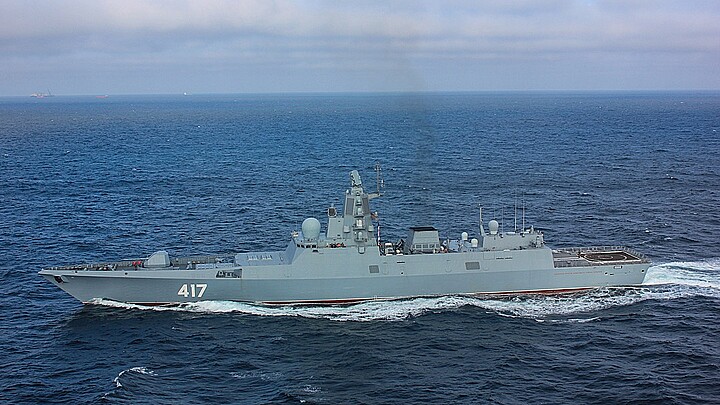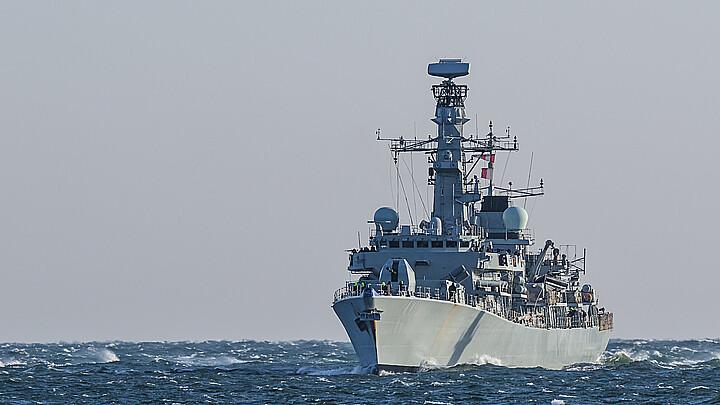Politics
Images show apparent expansion of Chinese spy bases in Cuba
The Center for Strategic and International Studies (CSIS) identified four possible bases in Bejucal, El Salao, Wajay and Calabazar

July 3, 2024 9:04am
Updated: July 3, 2024 8:55pm
Satellite images revealed the expansion of Chinese spy bases in Cuba, including one that would be 110 kilometers from the Guantanamo base, the Center for Strategic and International Studies (CSIS) revealed on Monday.
The analysts who penned the CSIS report reportedly spent years pouring through satellite imagery research. The July 1, 2024 report, titled, “Secret Signals: Decoding China’s intelligence Activities in Cuba” suggests that the communist island has significantly upgraded and expanded its electronic spying facilities in recent years and pinpointed four locations: Bejucal, Calabazar, El Salao, and Wajay.
Although some of the locations reviewed by CSIS, such as the site at Bejucal, have already been revealed as listening posts, the satellite imagery offered new insights about their installation capabilities, how much they have improved, and their connections to China.
“They are active places with an evolving mission set,” explained Matthew Funaiole, a CSIS researcher and lead author of the latest report.
According to CSIS analyst Joseph Funaiole, communications and electronic signals from the Guantánamo base could be monitored through these facilities.
“Cuba’s proximity to the southern United States and the Caribbean makes it a prime location for collecting SIGINT on the region. For Beijing, having access to SIGINT capabilities in Cuba would open a significant intelligence window inaccessible from within Chinese territory,” the report said.
The base expansions “could also bolster China’s use of telecommunications networks to spy on U.S. citizens,” said Leland Lazarus, an expert on relations between China and Latin America at Florida International University, in statements to the Wall Street Journal.
🚨#Cuba BREAKING: @CSIS imagery identifies 4 likely #PRC #SIGINT bases in Cuba: Bejucal, El Salao, Wajay, & Calabazar. Last year, @WSJ reported on #China's spy bases in Cuba, so @CSISAmericas & Hidden Reach partnered to find/analyze them. Detailed imagery👇https://t.co/uNsY8hVELd
— Ryan Berg, PhD (@RyanBergPhD) July 2, 2024
The CSIS report says that two of the Havana based sites, Bejucal and Calabazar, have large dish antennas that are most likely used to communicate and observe satellites. This was further evidence the sites were being expanded by China, not Cuba since Beijing has a blossoming space program and Cuba does not.
According to the report, the most recent dish installation in January at Bejucal was only one of many upgrades that have been made to the four sites during the past 10 years.
El Salao, the newest site which began construction in 2021 in the city of Santiago de Cuba is in close proximity to the U.S. Guantanamo Naval Base.
That site appears “to hold a large formation of antennas known as a circularly disposed antenna array, which can be used to find and intercept electronic signals” the WSJ reported. “The site, when completed, could potentially monitor communications and other electronic signals coming from the Guantanamo base.”
The new details from CSIS were released as the U.S. has increased its interest about foreign influence in the Latin America, an area which the United States has spent decades policing militarily. In a February annual threat assessment published by the U.S. government, the intelligence community admitted that China is pursuing military complexes in Cuba.
🚨BREAKING NEWS —> We’ve just received NEW SATELLITE IMAGES of Communist #China’s spy bases in Castro’s #Cuba posing a threat to the U.S. & especially my community in South Florida only 90 miles away!
— Rep. Carlos A. Gimenez (@RepCarlos) July 2, 2024
Our enemy is at our doorstep & Joe Biden has failed to lead! pic.twitter.com/02W9cBl7Vd
The report comes after several reports published by ADN about China and Russia’s increasing influence in the region, particularly out of Cuba.
ADN reported on June 6 that Russia recently sent a nuclear-powered submarines Kalibr cruise missile firing capability along with frigates to Cuba’s Havana harbor, and China is building a huge port on the Pacific coastline of Peru. ADN also reported in November that a special Russian military intelligence group was honoring one of its longtime admirals at a secret ceremony outside Havana.
Reactions to this new research have begun to spread this week. Cuban-American Congressman Carlos A. Giménez said in a video sent to ADN Cuba that more military activity is expected on the island, both from China and Russia.
"This will continue until we have a new president who will have the leadership to protect the United States and give more attention to the hemisphere. The influence of Russia and China is growing more every day because we have an extremely weak president," said the Florida based congressional representative.
For her part, Congresswoman María Elvira Salazar wrote on her X profile that, "The U.S. cannot sit idly by while China builds intelligence bases 90 miles from Florida, with the approval of the Cuban regime. The Biden administration must “ask the Chinese to desist from this dangerous restart of the Cold War in the Hemisphere.”
During the Cold War, the USSR used the Lourdes location just outside Havana as its primary intelligence center for its spy operations against the United States.
The site, which was known to house hundreds of Cuban, Eastern-bloc, and Soviet intelligence officials, shut down a decade after the USSR collapsed, leaving its current role a mystery.
China has been exposed for playing a more active role on the island in more recent years, and escalated its intelligence operations in Cuba in 2019, according to a previous White House statement.
Cuba’s embassy didn’t respond to a request for comment to the WSJ report, but the Manhattan based newspaper said that China officials have counter accused the U.S. of engaging in similar conduct.
“The U.S. is no doubt the leading power in terms of eavesdropping and does not even spare its Allies,” Liu Pengyu, a spokesman for China’s embassy in Washington said in a statement to the newspaper, adding that, “The U.S. side has repeatedly hyped up China’s establishment of spy bases or conducting surveillance activities in Cuba.”
Matthew Funaiole, the CSIS researcher and lead author of the new report however said that the U.S. has moved on from using antennas for eavesdropping because it has moved on to newer technology.
EE.UU. no puede quedarse de brazos cruzados mientras China construye bases de inteligencia a 90 millas de Florida, con el beneplácito del régimen cubano.
— María Elvira Salazar 🇺🇸 (@MaElviraSalazar) July 2, 2024
La Administración Biden debe pedir a los chinos que desistan de este peligroso reinicio de la Guerra Fría en el Hemisferio.










